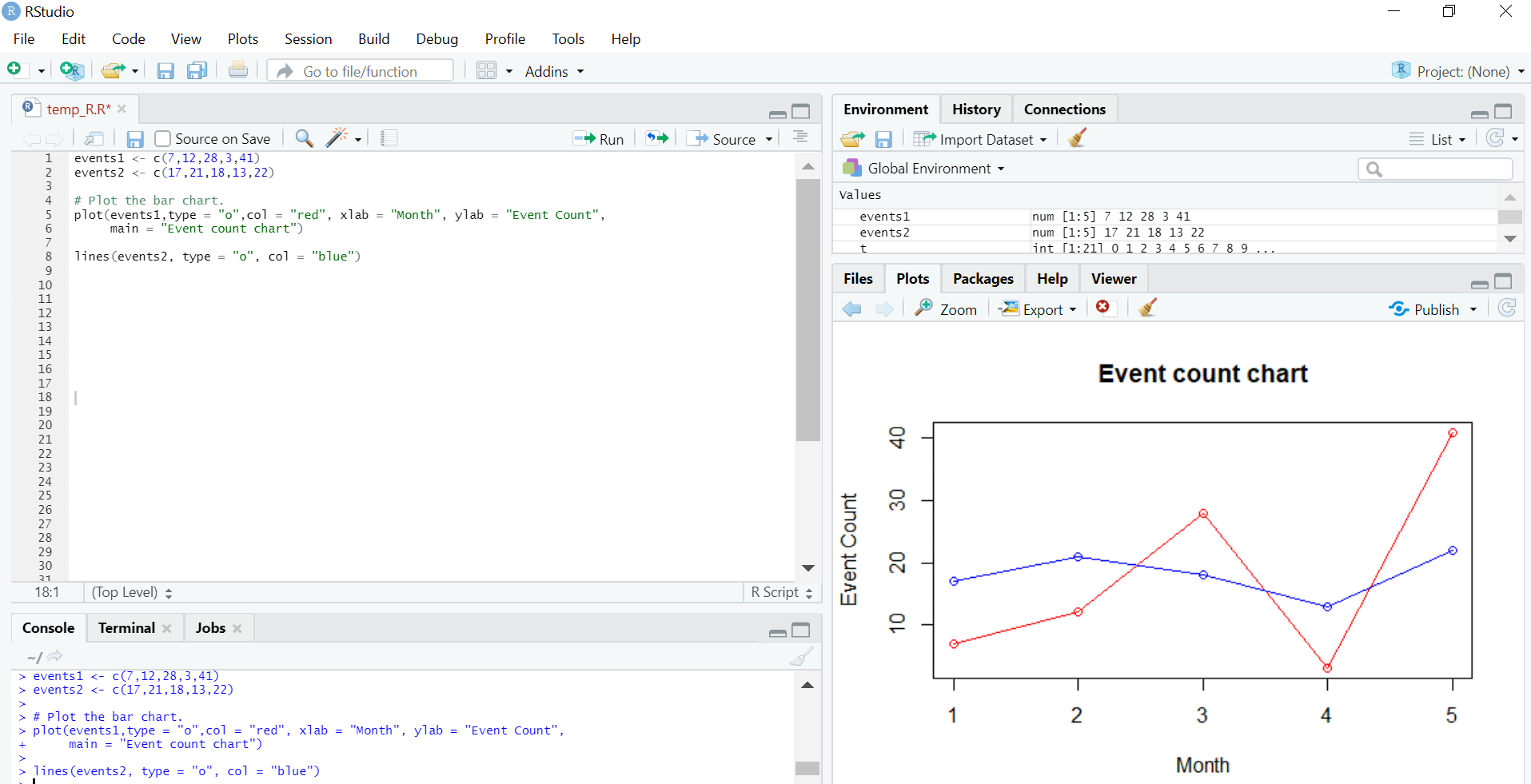

If the scatter diagram shows correlation, do another diagram where variable B is the measurement two times previously. Variable B is the same measurement, but at the previous time. To test for autocorrelation of a measurement being monitored on a control chart, plot this pair of variables: Variable A is the measurement at a given time.Plot number of people trained versus number of calls. You suspect that more training reduces the number of calls. Variable A is the number of employees trained on new software, and variable B is the number of calls to the computer help line.Plot temperature and color on a scatter diagram. You suspect higher temperature makes the product darker. Variable B measures the color of the product. Variable A is the temperature of a reaction after 15 minutes.Scatter Diagram Example Additional Scatter Diagram Examplesīelow are some examples of situations in which might you use a scatter diagram:

Therefore, the pattern could have occurred from random chance, and no relationship is demonstrated. Then they look up the limit for N on the trend test table. Q = the smaller of A and B = the smaller of 18 and 6 = 6 To test for a relationship, they calculate:Ī = points in upper left + points in lower right = 9 + 9 = 18ī = points in upper right + points in lower left = 3 + 3 = 6 Median lines are drawn so that 12 points fall on each side for both percent purity and ppm iron. Purity and iron are plotted against each other as a scatter diagram, as shown in the figure below. The ZZ-400 manufacturing team suspects a relationship between product purity (percent purity) and the amount of iron (measured in parts per million or ppm). If Q is greater than or equal to the limit, the pattern could have occurred from random chance.If Q is less than the limit, the two variables are related.Look up the limit for N on the trend test table.Find the smaller sum and the total of points in all quadrants.Ī = points in upper left + points in lower rightī = points in upper right + points in lower left Add the diagonally opposite quadrants.If number of points is odd, draw the line through the middle point.Count X/2 points from left to right and draw a vertical line.Count X/2 points from top to bottom and draw a horizontal line.Divide points on the graph into four quadrants.You may wish to use regression or correlation analysis now. If the data clearly form a line or a curve, you may stop because variables are correlated. Look at the pattern of points to see if a relationship is obvious.(If two dots fall together, put them side by side, touching, so that you can see both.) For each pair of data, put a dot or a symbol where the x-axis value intersects the y-axis value. Draw a graph with the independent variable on the horizontal axis and the dependent variable on the vertical axis.Collect pairs of data where a relationship is suspected.When testing for autocorrelation before constructing a control chart.When determining whether two effects that appear to be related both occur with the same cause.After brainstorming causes and effects using a fishbone diagram to determine objectively whether a particular cause and effect are related.When trying to identify potential root causes of problems.



 0 kommentar(er)
0 kommentar(er)
